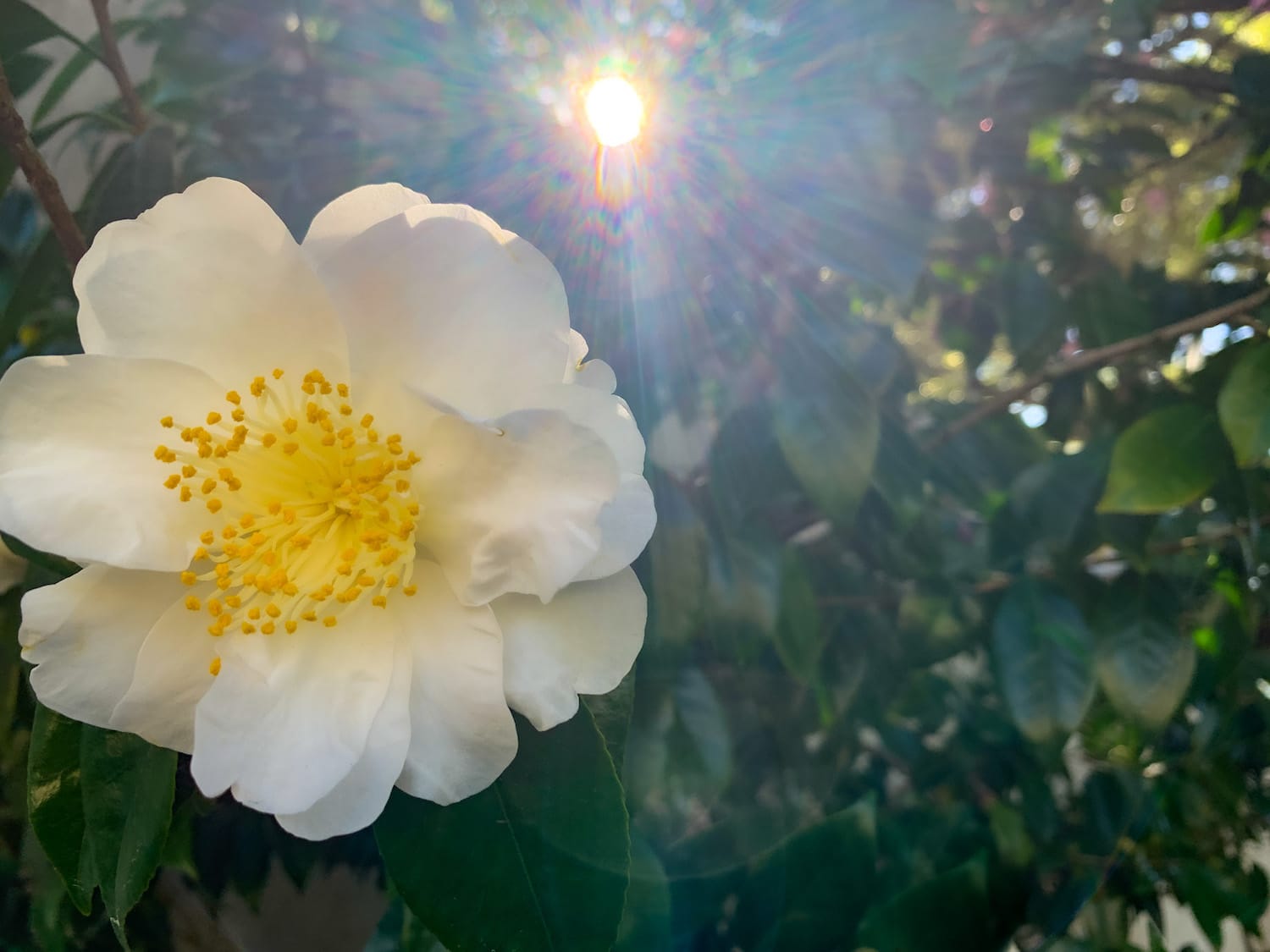To know me is to know that I love to walk in cemeteries.
I, the girl who seeks out beauty around every corner, who imbibes the warm glow of optimism, who dwells in life’s abundance. I. love. cemeteries. I find their existence a fascinating testament to lives lived and lost. They are at once wise reminders of how short our existence is on this planet and rich echoes of the innumerable spirits who made their imprint on the world.
There is a cemetery not too far from my home that cascades over 200+ acres of hillside. I love to visit it on days when the sun is at its apex in the sky, beaming down its brilliant beams of sunshine on what might otherwise seem a sorrowful spectacle. Palm trees, live oaks, and stone pines cast their shadows on rows of tombstones and monuments. To wander this particular cemetery on such days is to immerse oneself in the beauty and grandeur of all that is northern California — from the endlessly winding roads and walking paths to the mid-century mausoleums and columbaria that house the graves of famous individuals who shaped the Bay Area and American history.
Earlier this week on one of those sunny afternoons, I found myself craving a walk outdoors in this very cemetery as I tried to make sense of a world gone sideways. Amid the news of death and sickness all around me, the economic plunges, canceled meetings and events, schools closures, emptier-than-usual stores and cafes, and people keeping plenty of “social distance” from one another in an effort to stem the spread of COVID19, I took a silent walk among the dead. The mood inside the quiet cemetery seemed to echo the solitariness I felt just outside its gates.
How strange and sad and scary and beautiful that all across the world right now, in just about every corner of the planet, people are feeling the effects of a singular issue: the latest coronavirus. We are connected by and fighting to survive the same existential threat. Never before in my lifetime have I known such an experience. While World Wars have surely made a similar imprint on our human history, when has a threat to our existence found its way so intimately into our lives that it has affected our schedules, our bodies, our behaviors, our connection to each other? In this moment, we are more globally connected than ever by a common experience and yet more physically disconnected than ever by that same experience, our mobility strained by quarantine and fear. Is this the apocalypse, the end times that Hollywood sci-fi movies revel in?
We often hear about another “apocalypse” that looms just beyond our doorstep: the climate crisis. In much the same way, the climate crisis poses an existential threat, calling us to urgent action. And until now, we haven’t really known how to mobilize as a global community to address this threat. But COVID19 is teaching us. We are, to a certain extent, learning to build the ability to cope with, perhaps even directly address, a crisis of global magnitude that threatens our human family. In a strange way, this gives me incredible hope.
I believe we’ll get beyond COVID19. A vaccine will eventually be made available. The disease will eventually disappear. But if so, it will only have been because we faced the threat head on and did something about — stopped everything to recognize and address the threat, changed our behavior, sought to work together towards a common goal (even as we kept each other several arm’s lengths apart.)
In the cemetery this week, walking among the dead, all the signs of spring are appearing: leaves sprouting from the Oak trees, tulips pushing up alongside gravestones, birds and squirrels moving about in the warm afternoon air. I am hopeful. A stranger passes. We exchange a smile, even as we keep our distance. A shared experience is held between us in a moment, even as we acknowledge the differences of our lives.
Could this be the start of something new? A turning point? The opportunity presents itself. How might we meet it.
March 13, 2020
The End Times and the Beginning
